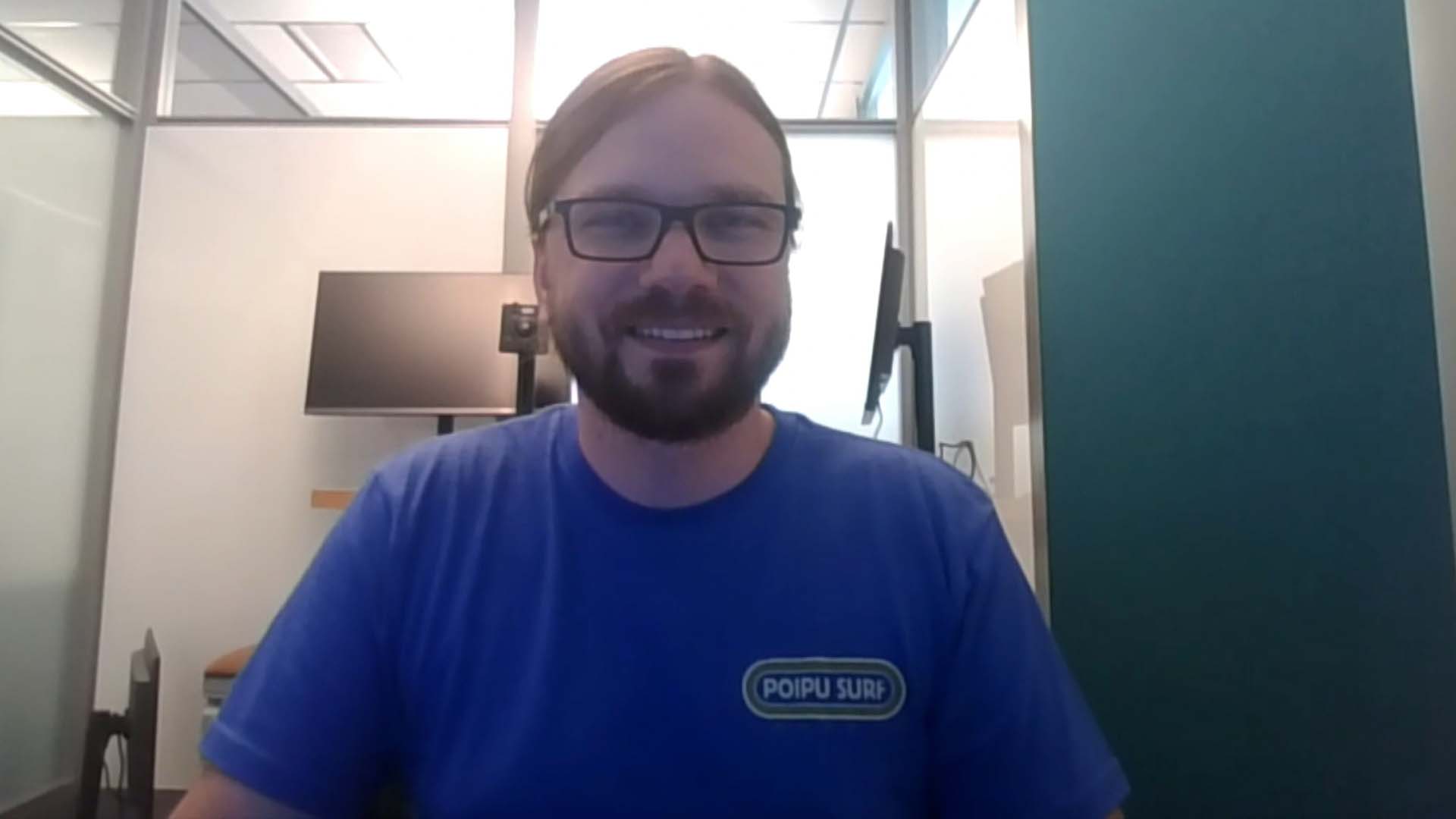 CLOUD
CLOUD
 CLOUD
CLOUD
 CLOUD
CLOUD
For most first-time car buyers, the excitement and novelty of acquiring such a status symbol fade later on, giving way to pragmatic decisions about car ownership costs.
Similarly, companies usually begin their cloud journey eyeing the potential to generate new technologies and capabilities and break into new sectors. But in the same vein, that excitement goes away as the reality of cloud costs mounts.
“Oftentimes, optimization is like this after-effect where now we’re looking at our cloud bills, we’re realizing the cost associated with trying to invent and create new resource types and solutions,” said Rick Ochs (pictured), senior manager of cloud optimization at AWS. “That’s very powerful. But we still have to have responsibility with how we invent, and that’s not always easy to do. If it’s not thought of in the original invention and creation of software and solutions, that follow-up can be very devastating or detrimental to your backlog.”
Ochs spoke with theCUBE industry analyst John Furrier at the AWS “Savings in the Cloud” event, during an exclusive broadcast on theCUBE, SiliconANGLE Media’s livestreaming studio. They discussed the practical merits of viewing cloud financial management as part of app development. (* Disclosure below.)
Cloud financial management is a set of practices that allow companies to identify, monitor, measure and optimize spending to yield optimal returns and maximize cloud utility. No longer a matter of choice, CFM is now imperative as companies grapple with the balancing act of innovating, competing and achieving sustainability goals.
Implementing a CFM strategy starts with a change in the culture of how things are built and managed using cloud environments and resources, according to Ochs.
“The idea of extracting value out of cloud by being more elastic with how you treat your resources is very powerful,” he explained. “You don’t necessarily need to be in a situation where you’re constantly sweeping up and cleaning up your resources. How are we taking elasticity as a cultural and architectural practice instead of as a cleanup custodian-type activity where we’re just going through and doing the work that nobody wants to do of validating if all these resources are still valuable for us?”
The architectural practice enabling that elasticity will supplant contemporary manual approaches to optimization. Here, scheduled tasks are automated so that there’s a repeatable set of functions aimed at maintaining certain optimization parameters, according to Ochs.
After realizing the need to uproot old cloud optimization approaches in favor of the new, the next step for enterprises is to create a procedural blueprint to save money in the cloud without hurting performance. Practically speaking, companies have four methods available to them, according to Ochs.
“The first is sizing things correctly,” he explained. “We take a look at all of the resources you have in your environment, look at the CPU, memory, disc [and] network. We validate if we haven’t revisited the size of these workloads in maybe months or years. Are there new CPU models that have come out we can switch to that improve the price-to-performance ratio of your environments? By the way, this applies to legacy as well — you don’t have to rewrite your applications to pick new instance sizes.”
The second path is suspension. Here, companies have flexible options to disable resources whenever they’re not needed, as opposed to traditional approaches set to a rigid productivity timeline, according to Ochs.
“The suspension pillar is where you have the ability to turn things off nights and weekends,” he said. “Non-production workloads, environments where there’s really not anybody in the office or working, what have you, on those resources. We can get away from the five-nines culture of non-production and really just hone in on turning the lights off when you’re not in the room.”
Third is the deletion of unused resources. Companies have the full visibility they need to assess the usefulness of resources and remove those that don’t fit the bill.
The fourth, and perhaps most important method, is purchase optimization. It’s a more finance-focused approach that combines tactics such as savings plans, purchasing discounts and tailored reservations to reduce on-demand spend, according to Ochs.
“The real trick is when you combine multiple of these pillars together,” he noted. “That’s the real trick, because when you’re sizing and then discounting together, they multiply — and I love watching compound interest at work.”
Here’s the complete video interview, part of SiliconANGLE’s and theCUBE’s coverage of the AWS “Savings in the Cloud” event:
(* Disclosure: Amazon Web Services Inc. sponsored this segment of theCUBE. Neither AWS nor other sponsors have editorial control over content on theCUBE or SiliconANGLE.)
THANK YOU